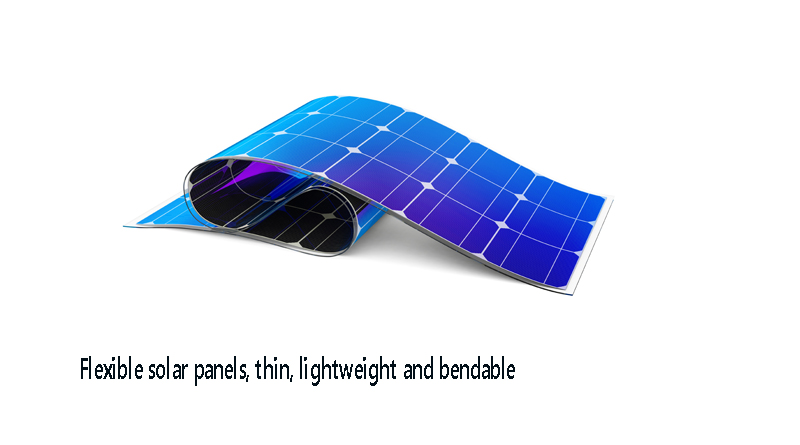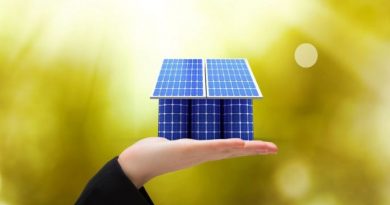A Foldable,Stretchable and easily Transportable Solar Panel

The energy-generating potential of solar panels and their applications has long been limited by their manufacturing process, and the material used, Silicon. They’ve become increasingly efficient over time and have also seen their prices drop so low that power from PVs is now comparable to the cost of obtaining power from fossil fuels. But the biggest limiting factor to silicon based panels remains their bulky, rigid and brittle nature, so they can’t be used just anywhere.
The coherent fragility of these panels coupled with heaviness and transportation difficulties suggest that silicon may not be ideal for all situations and locations. This is where Dr Darren Lipomi and his team at the Lipomi Research Group, University of California San Diego claim to have made a breakthrough with “Solar Tarp”.
Dr Lipomi said the group was working, “to develop flexible solar panels, which would be as efficient as a silicon panel, but would be thin, lightweight and bendable. This sort of device, which we call a “solar tarp,” could be spread out to the size of a room and generate electricity from the sun, and it could be balled up to be the size of a grapefruit and stuffed in a backpack as many as 1,000 times without breaking.” In an attempt to make a solar panel that is both stretchable and tough.

The group is working with many materials which display the characteristics that are needed for the project and while silicon has the highest efficiency of all photon absorbing materials its physical structure limits it from being stretched too thin. On the other hand, perovskites which match most of the criteria’s set by the team of being stretchable and foldable, it does not display a similar or even remotely comparable efficiency to Silicon.
“My group’s work has been focused on identifying ways to create materials with both good semiconducting properties and the durability plastics are known for – whether flexible or not. This will be key to my idea of a solar tarp or blanket, but could also lead to roofing materials, outdoor floor tiles or perhaps even the surfaces of roads or parking lots,” he added.
Working their way towards creating a viable and commercially available ultrathin photovoltaic modules that can be balled up and unfurled hundreds of times without mechanical degradation. Such a device which will be useful for off-grid energy in the developing world, disaster relief, and for covert operations. Besides many other applications, people are bound to discover once it is commercialised.
John Hingley and his team at Renovagen have also designed a high power PV array that rolls out like a carpet. This flexible and easy-to-transport instant microgrid can bring clean solar energy to places that would not have been possible with conventional methods.




